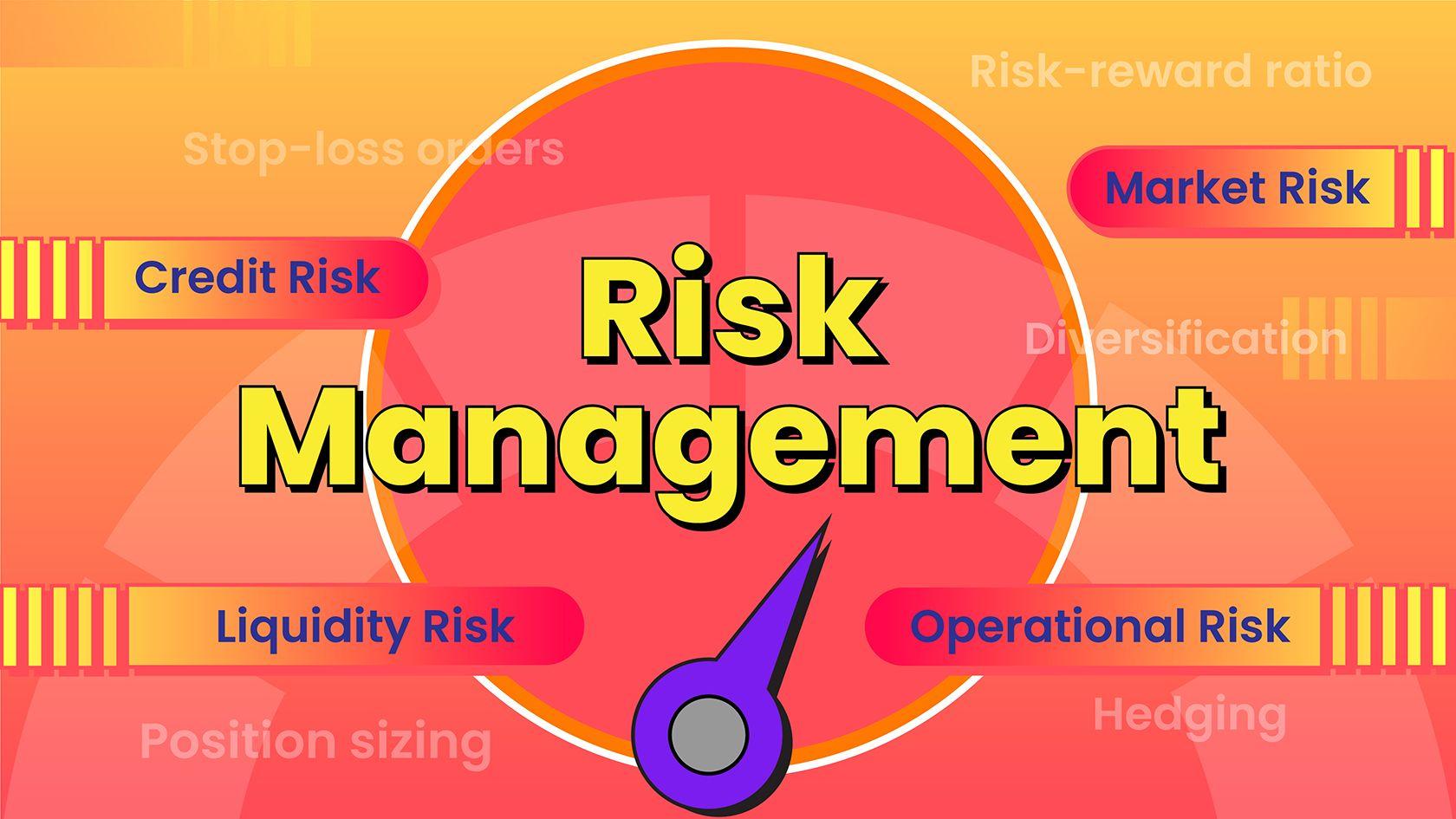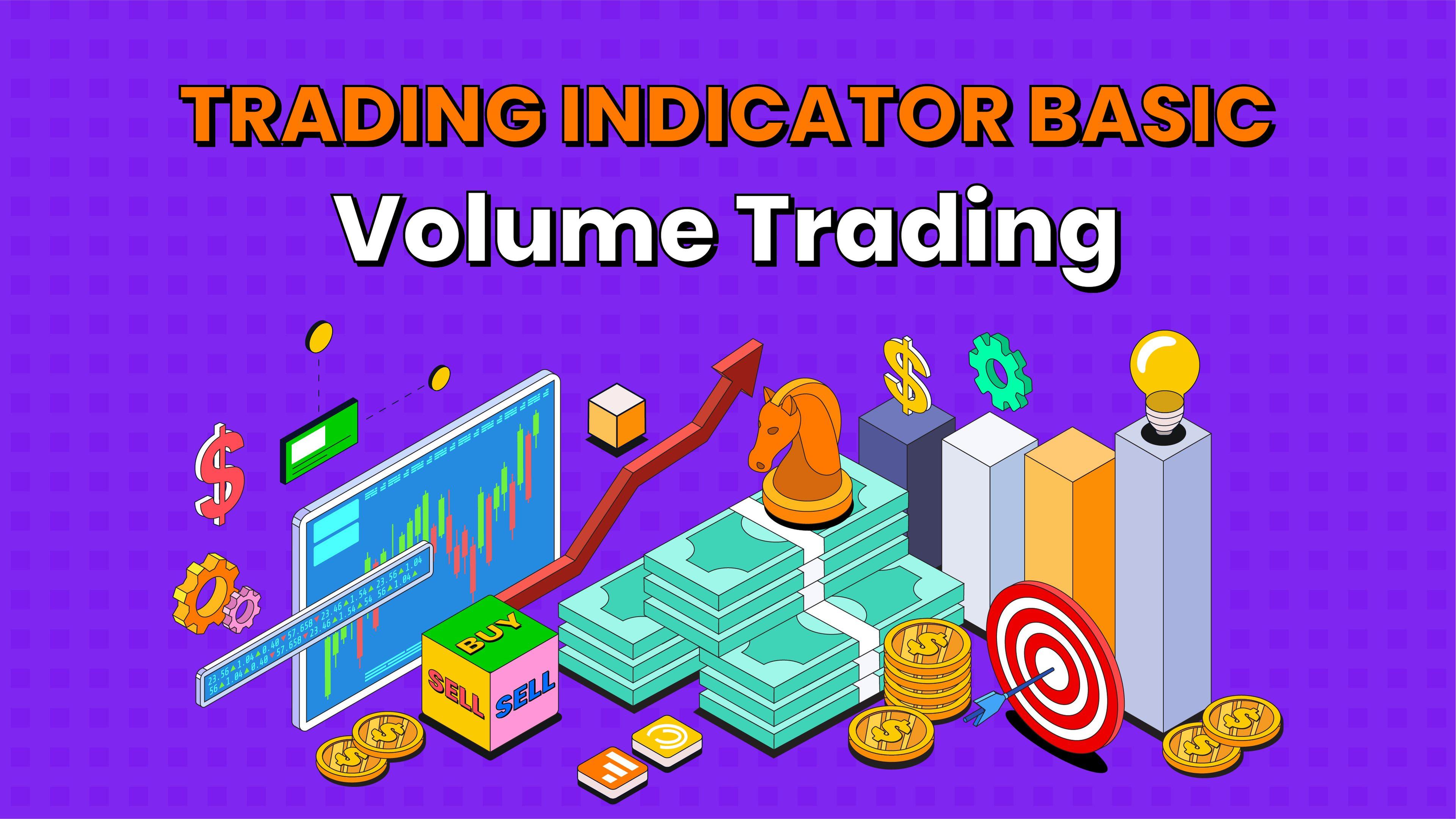Risk Management






Forex trading is a popular investment option that offers the potential for high returns, but with high rewards come high risks. Therefore, risk management in forex trading is essential to minimize potential losses and maximize profits. By implementing effective risk management strategies, traders can ensure they are not caught off-guard by sudden market movements and make more informed trading decisions.
This article will explore the basics of risk management in forex trading, including the different types of risks that traders may face and the various strategies that can be used to manage these risks effectively.

What is Forex Risk Management
Forex risk management refers to traders' and investors' strategies and techniques in the foreign exchange market to minimize potential losses and preserve capital. The foreign exchange market is known for its high volatility, which exposes traders to various types of risks, such as market, credit, and operational risks.

Effective forex risk management involves:
- Identifying and assessing these risks
- Developing a mitigation plan
- Implementing measures to monitor and control them

Types of Risk
Forex trading is a highly lucrative but risky investment. As with any investment, there are inherent risks associated with forex trading that traders must understand before investing their money. In this section, we will explore the different risks in forex trading that traders should be aware of.

1. Market Risk
Market risk is the most common type of risk in forex trading. It refers to the possibility of losing money due to fluctuations in the currency exchange rates. Various factors influence exchange rates, such as political and economic events, natural disasters, and global economic conditions. Market risk can be mitigated by conducting thorough market analysis and implementing effective risk management strategies.

2. Credit Risk
Credit risk refers to the risk of losing money due to the default of a counterparty. In forex trading, counterparty refers to the financial institution or broker facilitating the trades. There is always a risk of bankruptcy or insolvency of the counterparty, which can result in the loss of funds. This risk can be mitigated by choosing a reputable broker or financial institution and conducting due diligence.

3. Liquidity Risk
Liquidity risk refers to being unable to execute a trade due to a lack of buyers or sellers in the market. In forex trading, liquidity risk can occur during periods of high volatility or low trading volume. This risk can be mitigated by choosing currency pairs with high trading volume and setting stop-loss orders to limit potential losses.

4. Operational Risk
Operational risk refers to the risk of losses due to errors or failures in the trading system, including hardware, software, and human errors. Operational risk can be mitigated by implementing robust trading systems and procedures, including backup systems and disaster recovery plans.

Risk Management Techniques

Knowledge of Risk management Techniques is an essential aspect of forex trading that cannot be ignored. Like any investment, forex trading is associated with certain risks that can impact an investor's return. Therefore, it is essential to know the various risk management techniques and use them to mitigate potential losses and maximize profits. This section will discuss some popular risk management techniques traders can use while trading.

1. Stop-loss orders: A stop-loss order is a tool traders use to minimize losses when a trade goes wrong. It is an order placed with a broker to sell or buy a currency pair when it reaches a certain price point. Traders set a stop-loss level at a price point below which they are unwilling to incur further losses. This tool helps traders to exit a trade before their losses become too big.
2. Position sizing: Position sizing allocates a percentage of a trader's total trading capital to each trade. This technique helps traders to manage risks by preventing them from overexposure to a single trade. A common rule of thumb is to only risk 2% of your trading capital on any single trade.
3. Hedging: Hedging is a risk management technique used to offset potential losses by taking an opposing position in the market. This can be done using a currency pair negatively correlated with the actual trade or options to protect against possible losses.
4. Diversification: Diversification is an investment strategy that involves spreading your investments across different assets and markets to reduce overall risk. Forex trading can be done by trading multiple currency pairs instead of focusing on one pair.
5. Risk-reward ratio: The risk-reward ratio measures a trade's potential risk versus the potential reward. A good risk-reward ratio is essential to successful trading. A common rule for forex traders is to aim for a risk-reward ratio of at least 1:2, meaning that the potential reward is at least twice the potential risk.

Ultimately, forex traders need to understand the risks involved in trading and implement effective risk management strategies to protect their investments. It is also essential to understand that trading is a marathon, not a sprint and that risk management is the key to success over the long run. By implementing effective risk management strategies, you can ensure that they are well-positioned to weather the ups and downs of the forex market and achieve their financial goals.


Are you looking to start trading in the Forex Market? You can Enjoy FREE USD 10,000 Virtual Funds for trading by Signing Up on Pocket Trader. With Pocket Trader, You can invest in multiple markets, including forex, indices, and commodities, learn from experienced traders and share ideas with their social features to build wealth together.


